Locations, Dates, Times:
The Stags Head Hoxton. 55 Orsman Road, London, N1 5RA, UK. April 8th, 7 – 10 pm. See: http://stagsheadhoxton.
Rock House Art School. 49-51 Cambridge Road, Hastings, TN34 1TD, UK. April 10th, 7 – 11 pm. See:https://www.facebook.com/
4DSOUND Studio. Warehouse Elementenstraat, Elementenstraat 25, Amsterdam. June 29th -30th and August 19th- 31st.
INFO – DETOX 48. Stadtwerkstatt, Linz, Austria. September 3rd – 7th.
Antenna Space, Room 202, 2nd Floor, Building 17, No.50 Moganshan Raod, Shanghai, China. t.b.a.
Project Description:
Pulse Project is a doctoral performance research series exploring the relational interfaces between medicine, culture and technology. In this study, I embody and perform research practice itself through adopting the role of artist-acupuncturist-investigator and acting as an instrument or medium between myself and others and between cultural traditions for understanding and mediating the body. Pulse ‘reading’, case histories, notations of pulses and acupuncture point locating are all used together as methods for exploring the cultural encounter between artist, participants and diverse medical practices. Drawing upon my experience as a clinical acupuncturist (with training in biomedicine), I use traditional Chinese medicine and music theories together with technology to compose bespoke algorithmic soundscapes expressive of an individual’s ‘being’ that registers along a spectrum between Asian and Western approaches to the body. These soundscapes are not sonifications of western principles of circulation but offer another perspective to conceive of/listen to the interior spaces of the body as each participant’s pulse is interpreted as a unique set of soundwave images based on traditional Chinese pulse diagnosis (a complex set of 28+ waveform images corresponding to states of being) and also according to traditional Chinese music theory (Lewis-King, 2014).
This Project Description is divided into 4 sections. Section 1 explores the methodologies of Pulse Project. Section 2 outlines the content of the performances as well as the content of the workshops used to explore and disseminate the themes presented in the performances. Section 3 provides a professional and theoretical framework for Pulse Project and Section 4 makes the case for why Pulse Project offers unique contributions to knowledge in the fields of art, science and sound studies.
1. Methods for Conducting Research:
The unique focus of this study that potentially distinguishes it from other sonic and creative practice studies is its exploration of the sonic possibilities within the interior of the body when considered from a perspective alternative to standard practice in western medicine and technology (Lewis-King, 2013). In using pulse reading to touch upon the internal oscillations of others, touch is used as a method of intensive listening that enables me to translate the oscillations of subtle energies and flowing of blood within the interior universe of another into a uniquely individualised soundscape. The palpation of pulses requires many years of practice to develop the sensitivity to enable the practitioner to read pulses with accuracy (Hsu, 1999).
1.1 A Brief Introduction to Chinese Pulse Diagnostics:
Each wrist has three positions where the practitioner’s fingers are placed in order to palpate the pulse and this makes a total of six positions of palpation altogether (refer to Figure 2). From each position on the wrist, the practitioner registers at least two levels from which the pulse waveform qualities can be felt and are referred to as ‘superficial’ and ‘deep’. These levels are also associated with specific organs and networks (refer to Figure 2 and Figure 3). For the purposes of differentiating the traditional Chinese conception of the organs from those of occidental medicine, Chinese ‘organs’ are capitalised in this text and are not to be confused with the western biomedical understanding of these organs. Each of the organs and networks (known as zàngfǔ [1]) are also associated with an element, colour, tone, etc (Lewis-King, 2013).
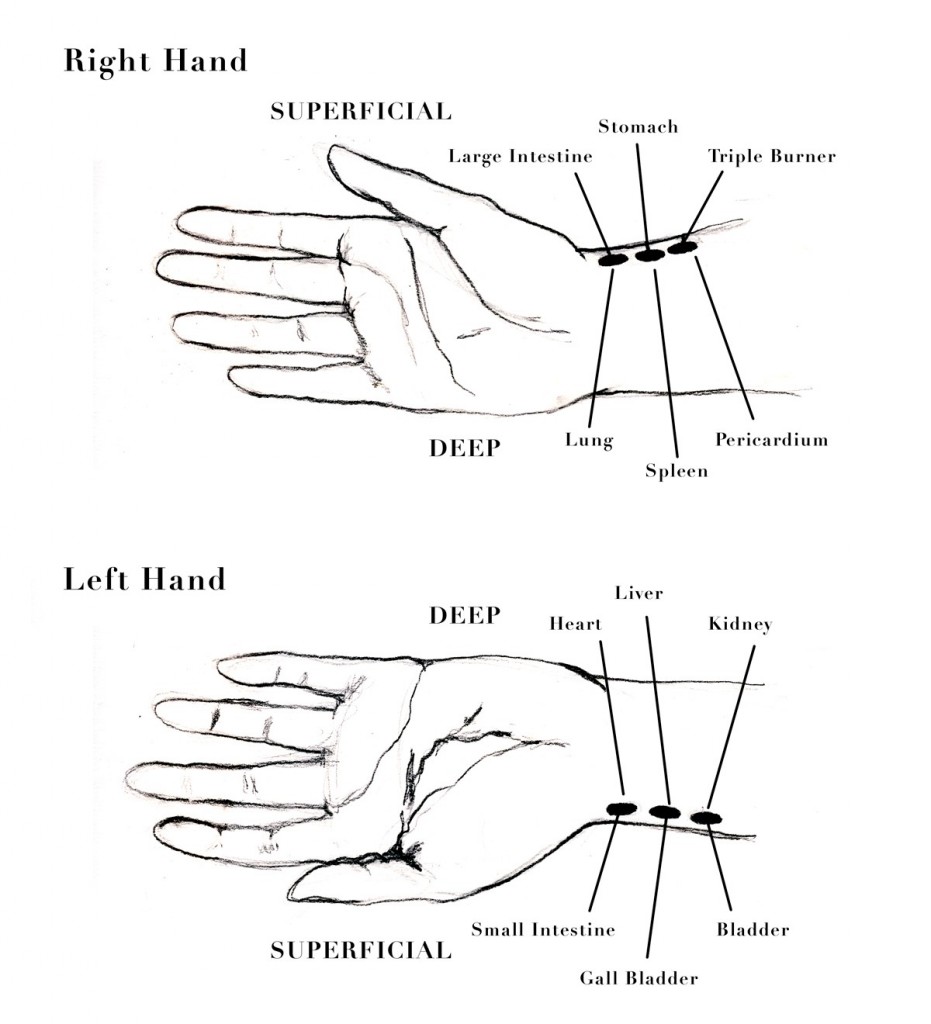
Figure 2: Pulse Reading Diagram (2013). © Michelle Lewis-King.
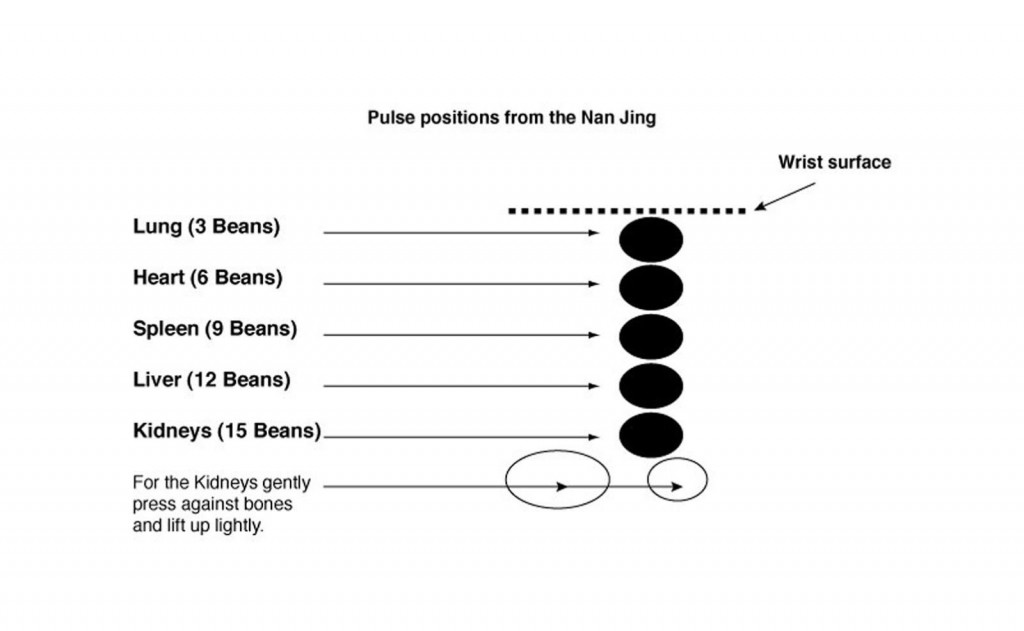
Figure 3: Nan Jing Pulse Diagram (2013). © Michelle Lewis-King
1.2 Performance, Procedure and Recruitment:
The performance itself is staged in a public space using simple props such as a table, chair, note paper, ink, brushes, acetate, a laptop and a white coat. Participants’ pulses are individually recorded and interpreted. The collection of data is modeled on a medical history or ‘case-study’ basis. Clinical impressions of participants’ pulses are first notated with clinical descriptions, e.g., ‘bowstring’,’slippery’, ‘replete’, and so on (refer to Figure 4).
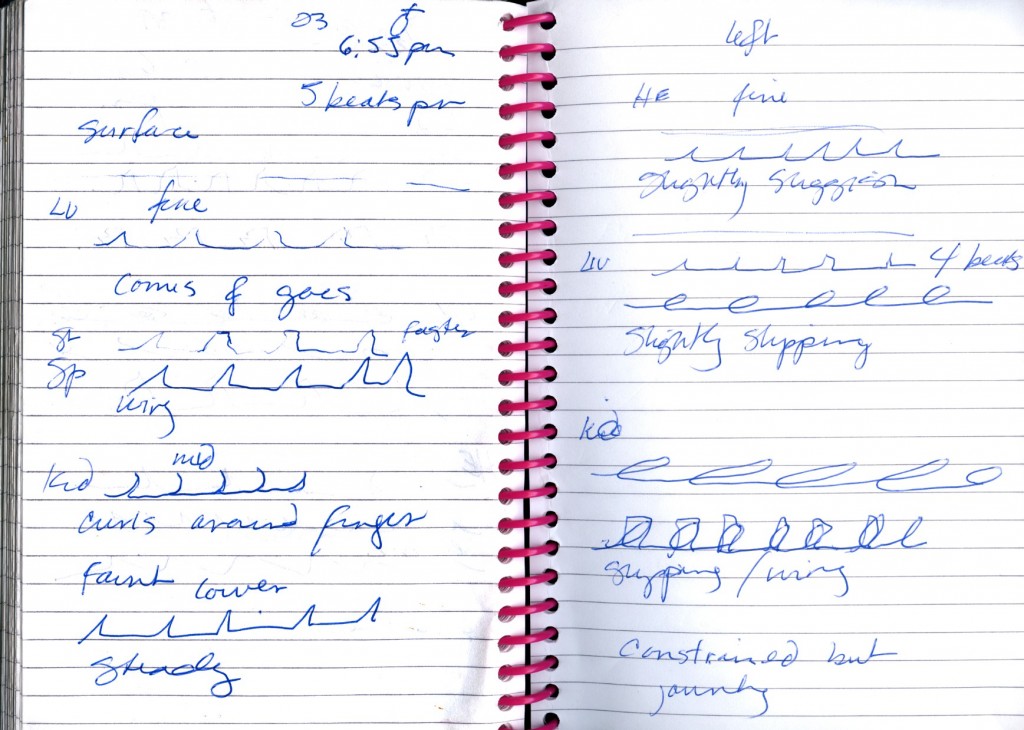
Figure 4: Oakland (CA) Clinical Notation 9 (2011). Note paper, ink. Photo: Barbara Butkus. © Michelle Lewis-King.
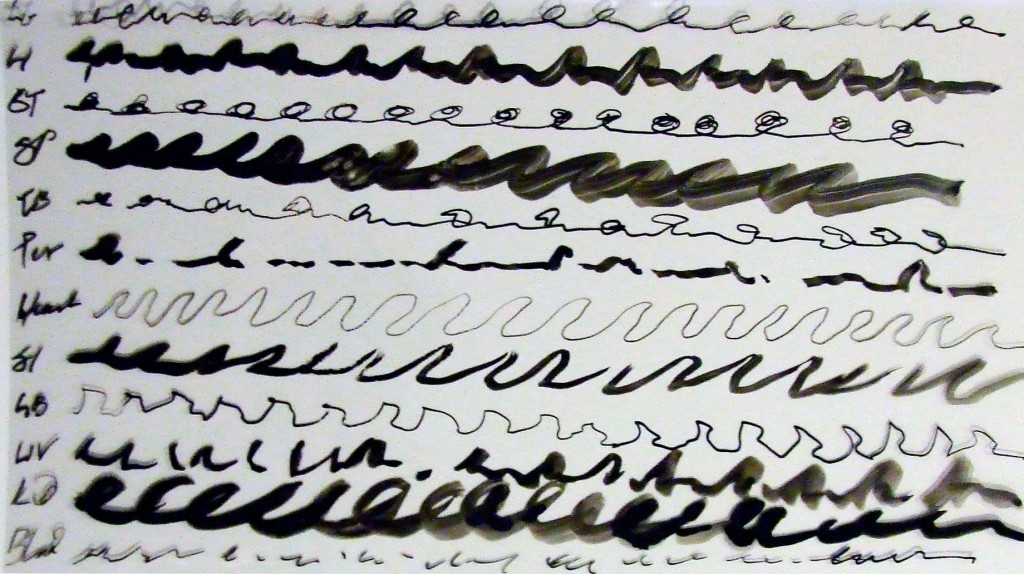
Figure 5: Cambridge Notation 1 (2014). 8” x 10”. Acetate and ink. Photo: Léna Lewis-King. © Michelle Lewis-King.
The qualities of the pulse such as speed, vibratory sensations, fullness, emptiness, etc., are also recorded and form part of the hand drawn graphic notations (see Figure 5). The drawn lines in the graphic notations mainly describe the oscillations of the zàngfǔ organ-networks or channels. The graphic and clinical notations are then used as a reference for creating unique soundscapes for each participant using the open source software SuperCollider (SC). Each participant is given their individualised graphic notion during the performance and a SC soundscape file composed uniquely for them is also sent to them post-event via email. The notations and compositions of each participant constitute individual sample soundscapes that fit into the wider overall research project that is archived online (Lewis-King, 2013). [2]
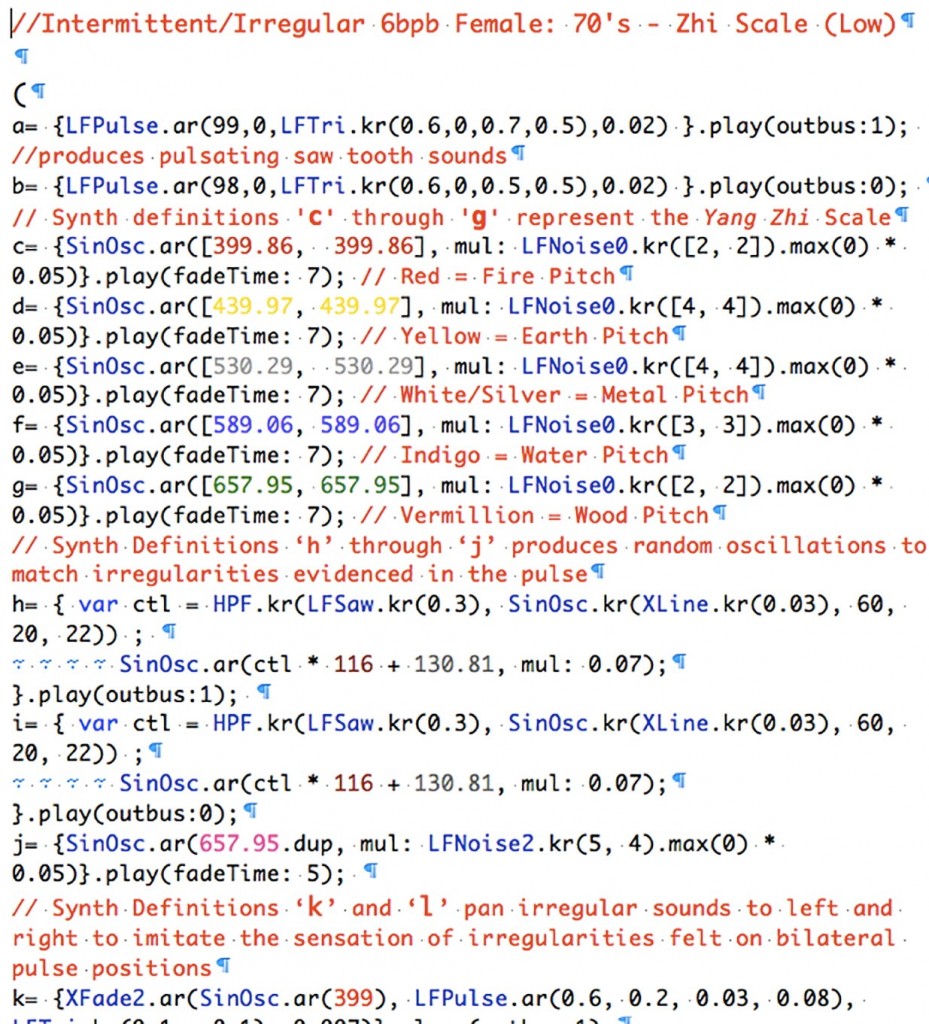
Figure 6: Sample SC Code for V&A 1 Composition (2013). © Michelle Lewis-King
1.3 The Instrumentation Process of Pulse Project:
I use SuperCollider (SC) [3] to instrumentalise my soundscapes into multi-channel installations as SC allows me to design each layer of sound, the directions the sounds travel within a given space (i.e., the panning of sounds to and from particular speakers, etc.), assign pitches, tempos and define the shapes of the waves of each sound object. SC plays each composition by systematically evaluating lines of code. Individual sounds can be played/streamed by scheduling each ‘sound object’ to be played at a certain time, for a certain duration, or in other words, by programming these sound objects into an overall ‘routine’ or ‘sequence’. The SC language sound object ‘Routine’ notifies the SC server to evaluate each line of code in a queue of sequential patterns, from top to bottom (see Figure 6 for an example of a standard routine). To give dimensional shape to the ‘body’ of the composition (the body of the composition is in itself a description of a ‘body’ according to Chinese theory), each stream of sound can be routed (via program commands) to specific speakers within a multichannel speaker system creating an exterior embodiment of the interior rhythms of others (Lewis-King, 2014).
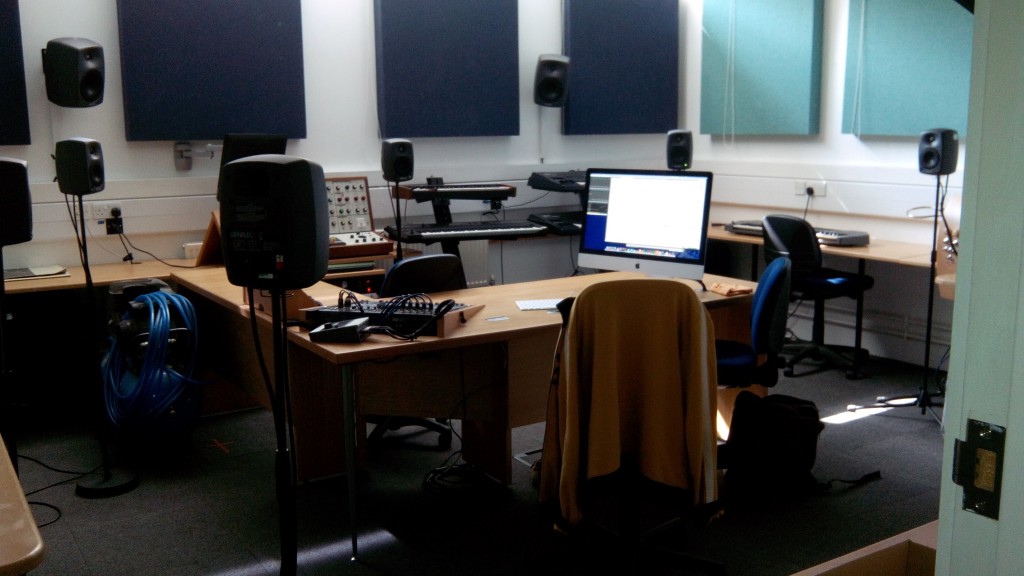
Figure 7: Programming a Multichannel Composition at the Digital Performance Lab, Anglia Ruskin University (2014) © Michelle Lewis-King.
2. Pulse Project Performance Study:
Logistics:
Using only a table (large enough for a laptop, a notebook, inkwell, ink brush and a drawing pad) and two chairs (for myself and an individual participant), I read participants’ pulses, take ‘clinical’ notes, create graphic scores and programme algorithmic live soundscapes (each participant has a unique soundscape and graphic notation made specifically for them in situ).
Recruitment:
Participants are either recruited by advertisement or by local engagement with the performance. All participants are supplied with ‘Participant Information Sheets’ to ensure that the participants in the research are fully briefed on what to expect and consent to participation.
Timing of Performance:
Performances are flexible to each situation and can be either ‘durational’ (for several days) or for a fixed duration of a minimum of 50 minutes (allowing for 5 participants to take part). Each consultation takes 10 minutes to read participant’s pulses and take notes. Participants have a composition made uniquely for them that is sent several weeks after the performance event.
Technical Logistics:
I supply my own laptop with the audio synthesis software SuperCollider will already be installed (in order to create the ‘live’ soundscapes). During the live performance, I supply headphones to playback the ‘live’ SuperCollider compositions to each participant. For the multi-channel sound installations, I create an ambisonic chamber in order to playback participant soundscapes by using a room consisting of 4-8 Genelec 8040s speakers, Firewire cable, 1 Fireface UC sound card, 1 digital projector (for projecting the SuperCollider programming process) and 1 mixer.
2.1 Pulse Project Demonstration Workshop:
Logistics:
Using a room with 6 tables with 4 chairs each, notebooks, tracing paper pads, vintage ink pens, inkwells, ink brushes, and participants’ own laptops, each participant is paired up with another participant in order to read each other’s pulses, take notes, etc. Participants also learn to create graphic scores and programmme algorithmic soundscapes from feeling pulses.
Timing and Content of Workshop:
The workshop lasts for 6 hours (with a break for lunch). The first three hours are spent learning the basics of SuperCollider and the other three are used for pulse reading, building rapport with others through touch and trying to translate pulse data into soundscapes using SuperCollider. This workshop is for beginners.
Preparation for Workshop:
Participants need their own laptops and the open source (free) software ‘SuperCollider’ must be downloaded before the workshop. Participants using a PC instead of a Mac must read the special instructions for PC users on sourceforge.net before attending the workshop as it will be taught using a Mac.
2.2 Outcomes of the Performance Study and Demonstration Workshop:
Pulse Project performance study and workshop demonstration explores the alchemical relationship between art and medicine within a socially engaged context. As human touch blurs the distinction between self and other, the development of a new ‘science’ of touch (Hsu, 2000) based on the model of early Chinese pulse diagnostics is being used in this study and workshop to challenge and widen contemporary medical and technological discourse. Touch both establishes a reassuring presence and instantly builds a mutual trust and rapport that no technical ‘instrument’ could produce. Using touch as a means for measuring and mapping embodied sound is an approach which counters recent transhuman trends within ‘interactive’ media that rely on mechanical measures of participants’ vital signs, i.e., sonifying data from biosensors, etc., as the golden mean for representing the interior of the body and embodiment.
This performances series and workshop engages with and includes the complex ‘presence’ of others within its approach to teaching new ways to listen to others and compose a ‘music’ of this encounter. Building rapport is an integral methodology used in the performance that is also explored further in the workshop. The performances and workshops use a form of diagnostic touch that focuses on exploring tactile perception of the curious interior energetic oscillations of participants’ pulses – rather than using touch to simply prognosticate. In trying to listen deeply into the internal vibrations of others from the position of intuitive and corporeal experience, Pulse Project takes the sonic inquiry of the clinic and attempts to open it outwards towards the direction of lived experience. By placing my sonic research into a public setting where the emphasis is on engaging and developing a rapport with others (and in also developing workshops that explore touch as a way to connect with others), in a live and intersubjective situation, this approach allows for the creation of unique sonic portraits of human entanglement and complexity.
3. A Brief Theoretical Context for Chinese Medicine as it Relates to the Composing of SuperCollider Soundscapes:
According to early Chinese philosophical thought, all phenomenal processes are organised into an erotic interchange between yīn and yáng. The interplay of yīn [4] and yáng [5] forces are in turn affected and shaped by the interrelated movements of wŭ xíng [6] or the ‘five elements and seasons’: Earth, Fire, Metal, Wood and Water (Kaptchuk, 2010). The Chinese observed these processes to be animate within all forms of being-in-nature (including animals) as a cosmological process (Imrie et al, 2001).
The theories of yīn yáng wŭ xíng are also fundamental to the theory and practice of Chinese medicine therefore this paragraph serves to convey a basic outline of Chinese medicine theory in terms of how it describes the overall systems and substances that comprise the body. There are five zàng organs that are yīn in nature: the Heart (including the ‘Pericardium’), Spleen, Lungs, Kidneys and Liver; and six fǔ organs that are yáng in nature: Small Intestine, Large Intestine, Gall Bladder, Urinary Bladder, Stomach and Triple Heater. The yīn zàng and yáng fǔ organ networks correspond with each other and are paired together to form what is referred to as zàngfǔ paired networks, i.e., the yīn Spleen network corresponds with the yáng Stomach network to form a yīn-yáng zàngfǔ paired network. Each of the zàng and fǔ organs possess an associated energetic network or ‘channel’ that runs between the depths of the organ to the outer reaches of the body (Unschuld, 1986, 408). There are six zàngfǔ organ-network pairs in all – a total of twelve energetic networks (or channels) when including the yīn Pericardium organ. These twelve channels form the fundamental structural basis for my graphic notations and SC compositions (Lewis-King, 2013).
Each zàngfǔ pair is also each associated with one of the following five elements: Fire, Earth, Metal, Water and Wood i.e., Stomach/Spleen = Earth, Lung/Large Intestine = Metal, Kidney/Bladder, Water, Liver/Gall Bladder = Wood, Heart/Small Intestine = Fire, Triple Heater/Pericardium = ‘Ministerial’ Fire. The zàngfǔ pairs are also associated with fundamental colours: Fire = Red, Earth = Yellow, Metal = Silver/White, Water = Indigo/Black, Wood = Green (Unschuld, 1986, 256). Each element also has a fundamental musical tone associated with the traditional Chinese pentatonic scale, i.e., gōng, shāng, jué, zhǐ, yǔ. The frequencies I use in SC are calculated using traditional pentatonic tones (Cheng-Yih, 1996, 44-48; Lewis-King, 2013). [7]
Instead of using SC to create logical musical arguments (as is standard), my use of SC programming language intensifies its focus on listening as the basis for composing each landscape – adjusting the sine wave shapes and functions within each programming command by ‘ear’ in order to create sounds that match the fluid and electric-like nature of the vibrations I feel within people’s pulses. Clinical notes, drawings and graphic notations generated from the performance are used to compose each SC command line so that the vibratory qualities of the drawn lines associated with each pulse position can be rendered as faithfully as possible (Lewis-King, 2013).
In order to faithfully convey the landscape of the body according to Chinese Medicine pulse diagnostics, each sine wave is carefully modulated to exemplify the signature qualities of pulse waveforms as described in the notations (Refer to Figure 6). For example, the command ‘{SinOsc.ar(262.dup, mul: LFNoise2.kr(4, 3).max(0) * 0.009)}.play;’ corresponds to an aspect of a pulse emitting a ‘fine, slow, and irregular’ oscillation along the ‘Spleen’ channel. The gōng tone at the frequency of 262 Hz corresponds to the Spleen and Stomach networks and is therapeutic for these ‘Earth’ networks according to Chinese medicine theory (Gao et al, 2010; Lewis-King, 2013).
Examples of Work:
Soundscapes: http://soundcloud.com/cosmosonicsoma/sets
or http://clang.cl/pulse-landscapes-2/
Note: Volumes vary to reflect force or faintness of pulse impressions Please adjust your volume for the desired sound.
Blog: https://codephd.wordpress.com
4. Summary
Pulse Project aims to enact a practical analysis of an expanded sense of rhythmicity (through creating ‘pulse’ soundscapes) by bringing early Chinese medical technologies to inform and rethink contemporary Western artistic, digital and scientific practices and how they can be brought to work better together (Yu, 2003). As my research moves between several strata (i.e., the interpersonal relationship between oneself and others, across cultural practices, across time and disciplinary boundaries, etc.), my project also engages with the idea that composing each soundscape is an act of participation in and contribution to a larger always-emerging composition of ecological being and discourse – as an activity that maintains a connection with the gestalt unfolding of the world (Lewis-King, 2014).
The audio works of this study do not attempt nor claim to be a straight representation of the inside of the body from within the Cartesian logic of the ‘cogito’ (Lefebvre, 2004, 16) but use Chinese medical and philosophical approaches to widen theoretical and practical discourse surrounding the body and cultural emergence. In resisting the representation of embodiment in objective, ‘realistic’ and technoscientific terms, the soundscapes of Pulse Project capture a phenomenal and metaphysical alterity to those currently represented by technoscience. Pulse Project also uses diagnostic touch as a relational tool, i.e., as a method for deep listening[8] and as a method for portraying the ‘living’ bodies of others as a form ‘rhythmanalysis’ (Lefebvre, 2004). In using touch as an affordance allows me to build a mutual trust and rapport that no technical “instrument” or high fidelity recording could produce. In this way, this study uses the methodology of Chinese pulse diagnosis as a tool to challenge and extend contemporary artistic, medical, social science and sonic studies discourses (Lewis-King, 2013).
Glossary
Sclang – SuperCollider programming language which uses an object-oriented and functional language syntax similar to C programming language (Wilson et al. 2011).
Scsynth – SuperCollider synthesis server which supports multiple input and output channels and uses a “bus system” to match programming commands with sound objects (Wilson et al. 2011).
Wŭ xíng – Often called the ‘five phases’ or elements (Earth, Fire, Metal, Water and Wood), this term describes a systematisation of phenomena into five distinct movements or phases. These phenomena could describe the movement and characteristics of the changing seasons of spring, summer and so on. These elements have a specific relationship and order in relation to each other. One element may generate or control another, i.e., winter generates spring, whereas autumn is in contrast to spring. These elemental phenomena could describe the phasic interaction between cosmological entities or between the organs of the body – as the early Chinese saw them (Rochat de la Vallee, 2009).
Yīnyáng – Describes two opposing yet interdependent and interconnected primal forces that are characterised by such phenomena that are cyclical or on a spectrum, such as ‘day and night’, ‘hot and cold’, internal and external’, etc. This continually shifting pair of opposites constitutes the fundamental basis for early Chinese philosophy and science. (Sivin, 1995).
Zàng-fǔ – Zàng refers to the five yīn organs of the body: Heart/Pericardium, Spleen, Liver, Lung, Kidney. Fǔ refers to the six yáng organs: Large Intestine, Small Intestine, Gall Bladder, Urinary Bladder, Stomach, Triple Burner. These zàng-fǔ each have an associated channel that extends the energy of the organs along points across the body. As simple definition of the functions of the zàng-fǔ: the five yīn organs are said to “store” and produce essential fluids, while the six yáng organs transform essences into production of movements/energy (Unschuld, 1986).
References
Baker, Alan. 2003. ‘An Interview with Pauline Oliveros’. American Public Media. January. [online]. Available at http://musicmavericks.publicradio.org/features/interview_oliveros.html [Accessed 15 Aug. 2013].
Cheng-Yih. Chen, 1995. Early Chinese Work in Natural Science: A Re-examination of the Physics of Motion, Acoustics, Astronomy and Scientific Thoughts. Hong Kong: Hong Kong University Press.
Ede, Sian. 2005. Art and Science. London: I.B. Tauris & Co. Ltd.
Gao, Dadi., Chen, Andy.G., Gao, YeTao., and Shi, Sanquan. 2010. ‘The Five Organs Harmonise Pitch: Modern research and clinical treatment of the lost theory and technology in “Huang Di Nei Jing”’ Journal of Accord Integrative Medicine. 6(2): 75-92.
Halpern, Megan. 2012. ‘Across the great divide: boundaries and boundary objects in art and science’. Public Understanding of Science. November. 21(8): 1-16.
Hsu, Elisabeth. 1999. The Transmission of Chinese Medicine. Cambridge: Cambridge University Press.
Hsu, Elisabeth. 2000. ‘Towards a science of touch, part I: Chinese pulse diagnostics in early modern Europe.’ Anthropology & Medicine. 7(2): 251-268.
Imrie, Robert H., Ramey, David W., Buell, Paul D., Ernst, Edzard and Basser, Stephen P. 2001. ‘Veterinary acupuncture and historical scholarship: claims for the antiquity of acupuncture’. The Scientific Review of Alternative Medicine. 5: 133–9.
Kaptchuk, Ted. 2010. The Web That Has No Weaver: Understanding Chinese Medicine. New York: RossettaBooks LLC.
Lefebvre, H. (2004) Rhythymanalysis: Space, Time and Everyday Life. New York: Continuum.
Lewis-King, Michelle. 2013. ‘Touching as Listening: Pulse Project’. Journal of Sonic Studies. 4(1). [online] May. Available at http://journal.sonicstudies.org/vol04/nr01/a12.
Lewis-King, Michelle. 2014. ‘Pulse Project: An Investigation Across Bodies, Cultures and Technology’. Reflections on Process in Sound. 3. September. [online]. Available at <http://www.reflections-on-process-in-sound.net/issue-3/ >.
Rochat de la Vallee, Elizabeth. (2009) Wu Xing. Taos, New Mexico: Redwing Book Company.
Sivin, Nathan. 1995. Science in Ancient China. Researches and Reflections. Aldershot: Variorum.
Unschuld, Paul. 1986. Nan-Ching: The Classic of Difficult Issues. Berkeley: University of California Press.
Wilson, S., Cottle, D., Collins, N. 2011. The SuperCollider Book. Cambridge, Massachusetts: MIT Press.
Yu, Ning., 2003. ‘Metaphor, Body and Culture: The Chinese Understanding of Gall Bladder and Courage’. Metaphor and Symbol. 18(1), pp.13 -31.
[1] Refer to the Glossary for a description of this term.
[2] To hear more audio samples of the project visit the link: https://soundcloud.com/cosmosonicsoma/sets and http://clang.cl/pulselandscapes2/ Note: Each of these soundscapes are composed with low frequency sounds, so please turn the volume up to the desired frequency to obtain the full texture of sounds.
[3] SuperCollider is defined in Wikipedia as a programming language and environment that enables users to create ‘real time’ algorithmic compositions. SC uses an object-based language that is split into two components – a server (scsynth) and a client (sclang) that communicate through using an Open Sound Control object: ‘Osc’. See: http://en.wikipedia.org/wiki/SuperCollider. Please also refer to the Glossary for further definitions of ‘scsynth’ and ‘sclang’.
[4] Refer to the Glossary for a description of this term.
[5] ibid.
[6] ibid.
[7] For an explanation of the classical Chinese pentatonic scale and methods for tuning used in these compositions, please refer to: http://en.wikipedia.org/wiki/Chinese_musicology.
[8] American composer Pauline Oliveros is credited with coining the term in 1991 according to an interview conducted by Alan Baker for American Public Media in January 2003.




